Boost Your Credit Score With These 13 Insider Strategies

Your credit score might seem like just a number, but the truth is it holds some real power. Lenders and others look prominently at the score to determine your creditworthiness.
If your score is less than stellar, that doesn’t mean you won’t be able to borrow money or buy a home, for example, but it will mean you pay more for the privilege. The same goes if you’re looking to rent a home. Your landlord may require more upfront for a lower score just as a security blanket. But don’t fret, even if your score isn’t where you want it, there are plenty of ways you can boost it.
We’ve compiled a list of ways to boost your credit score from the financial pros.
1. Pay Your Bills on Time

Paying your bills on time is the best way to demonstrate your trustworthiness. It’s also the best way to keep your score on the higher end. After all, lenders want to see a long history of repayment.
It can be easy to forget a payment, but missing even one can be detrimental. If you’re like me and your life is crazy, one of the best solutions is to set up auto-pay.
2. Pay Attention to Utilization
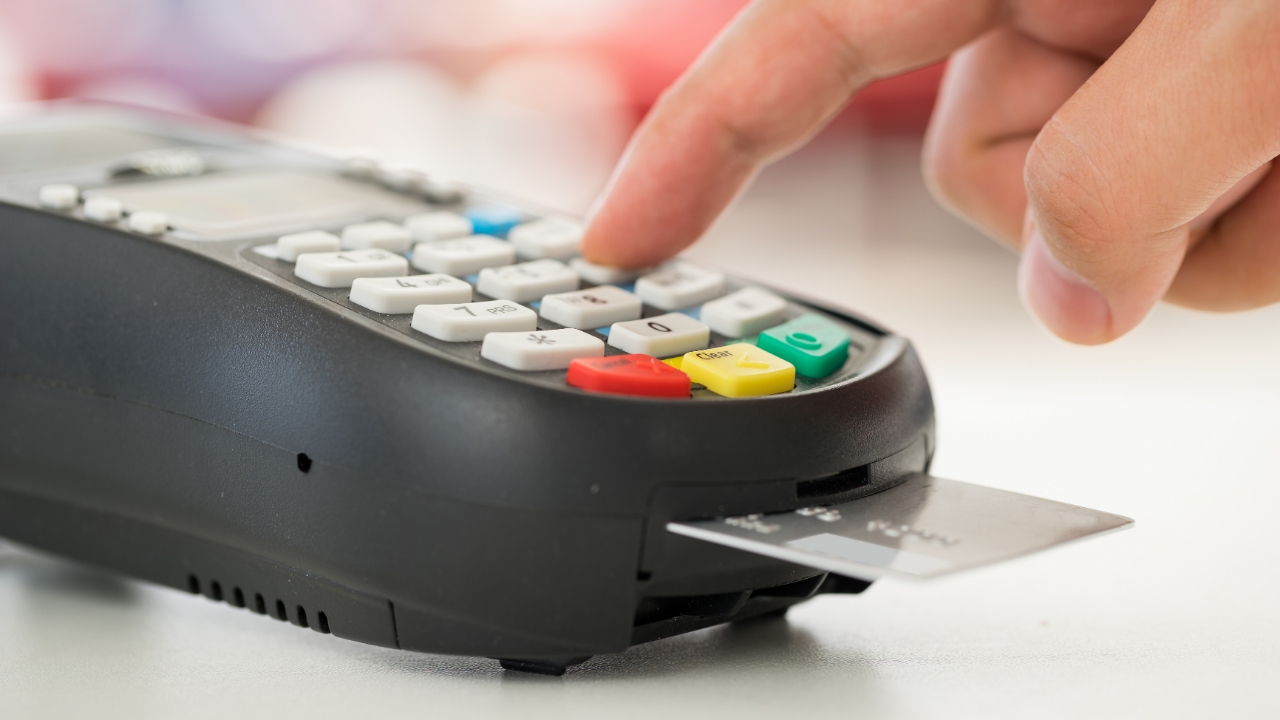
Utilization is a tricky subject, and financial advisors often quote 30% usage as a safe bet. That means if you have a $1,000 credit card, use no more than $300. If you do use more than 30%, pay it down before the balance is reported to the bureaus to avoid a negative impact.
Utilization is the second-highest rating factor ahead of payment history, accounting for around 30% of your score.
3. Spend Less
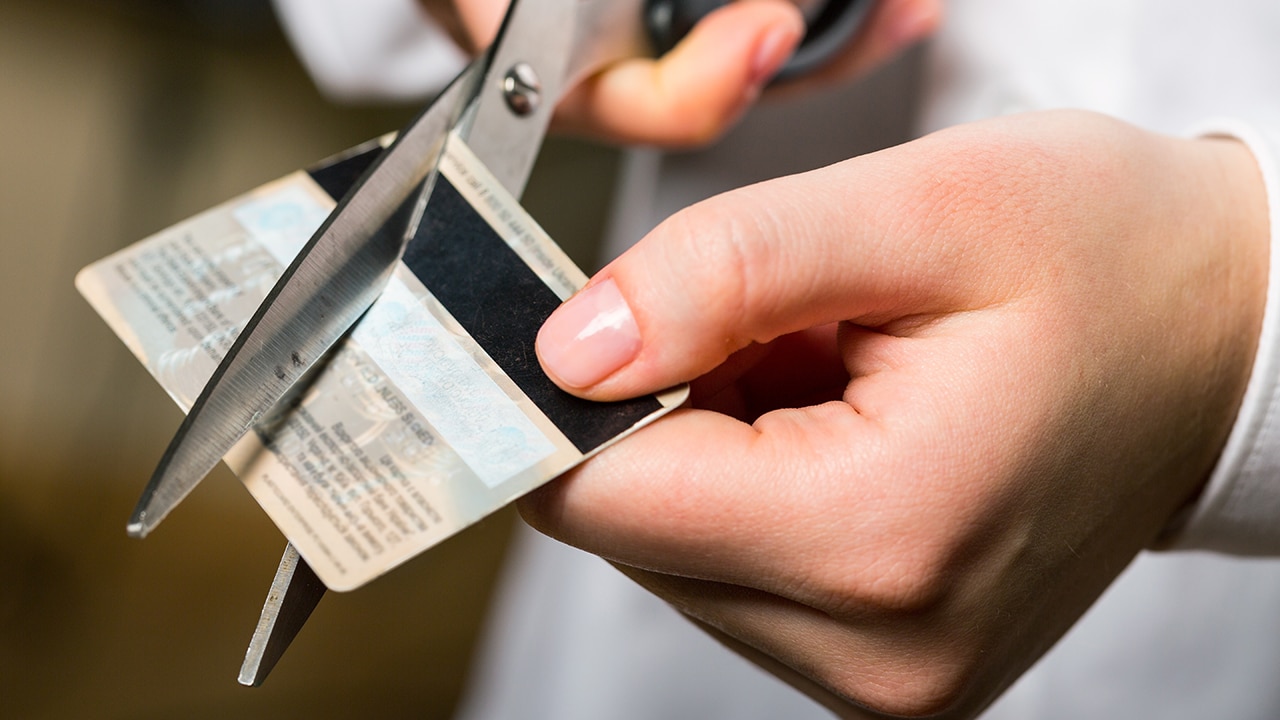
To help you maintain your credit utilization, the goal is to spend less. The less you spend, the less you’ll have to pay back.
One good way to do this is to set a marker, a specific figure you will not go above on your credit cards. One you hit that limit, switch to cash. Or better yet, just spend less overall and save more. It’ll better benefit you financially.
4. Make Payments Multiple Times a Month

Why make payments multiple times a month when you only have one due date? Easy, to keep your utilization low. You want to time it right, as well, so that you make a payment before your creditor reports your balance to the bureaus.
That will show a lower utilization rate, which serves as a boost to your score.
5. Ask for a Credit Increase

One way to lower your utilization rate—and boost your score—that you might not be aware of is to ask your lender for an increase. The worst they can do is say no.
The goal behind this is to show you’re not maxing out your credit. For example, if you have a $1,000 credit card and have used $500, your utilization is 50%, higher than the recommended. But, if you get an increase to $1,500 and you have $500, your utilization is now 30% and more favorable. The real key here is not to use that increase.
6. Keep Your Accounts Open
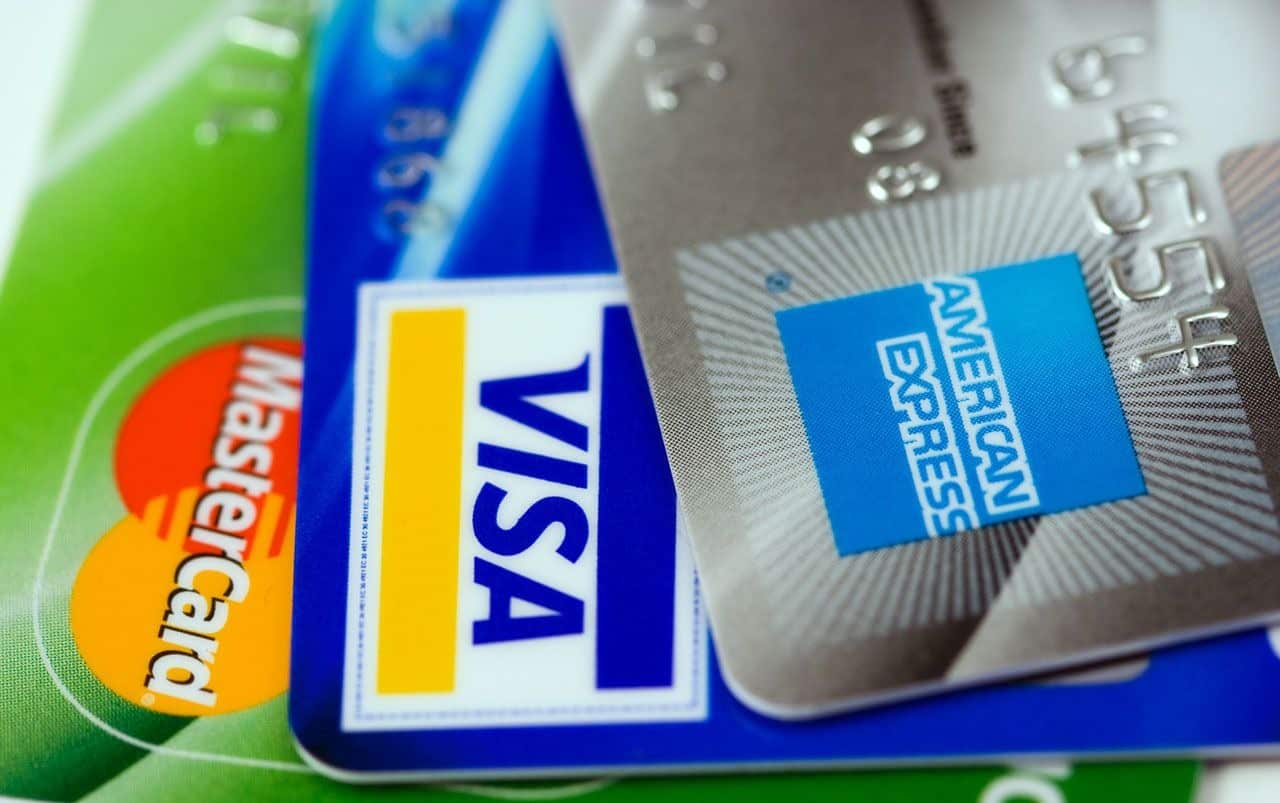
Credit history is a significant factor, accounting for approximately 15% of your score computation. The longer you have accounts open, the better. They also have to be in good standing.
Even if you don’t use them, they are still factored in. Word to the wise. If you have a credit card you’ve not used in a while, make sure you don’t have a minimum use on it. Some creditors require you to use it, say once a year, to keep it open and active.
7. Set Up Alerts

With all of the fraud and scammers we encounter today, it never hurts to take additional safety measures.
By setting up alerts to your credit cards—and more significantly, your report—you’ll be able to catch shady transactions or fraudulent accounts before they have the chance to do too much damage.
8. Check For—and Fix—Errors on Your Credit Report

We’d like to believe our credit reports are the paragon of accuracy, but the fact is errors aren’t uncommon. This is why it’s so important to order your free report once a year and go over it with a fine-tooth comb.
If you do find any errors, fix them right away. It’s easy to dispute any inaccuracies and get them removed. In some cases, you’ll need to provide proof, so make sure you have that handy.
9. Open a Store Credit Card
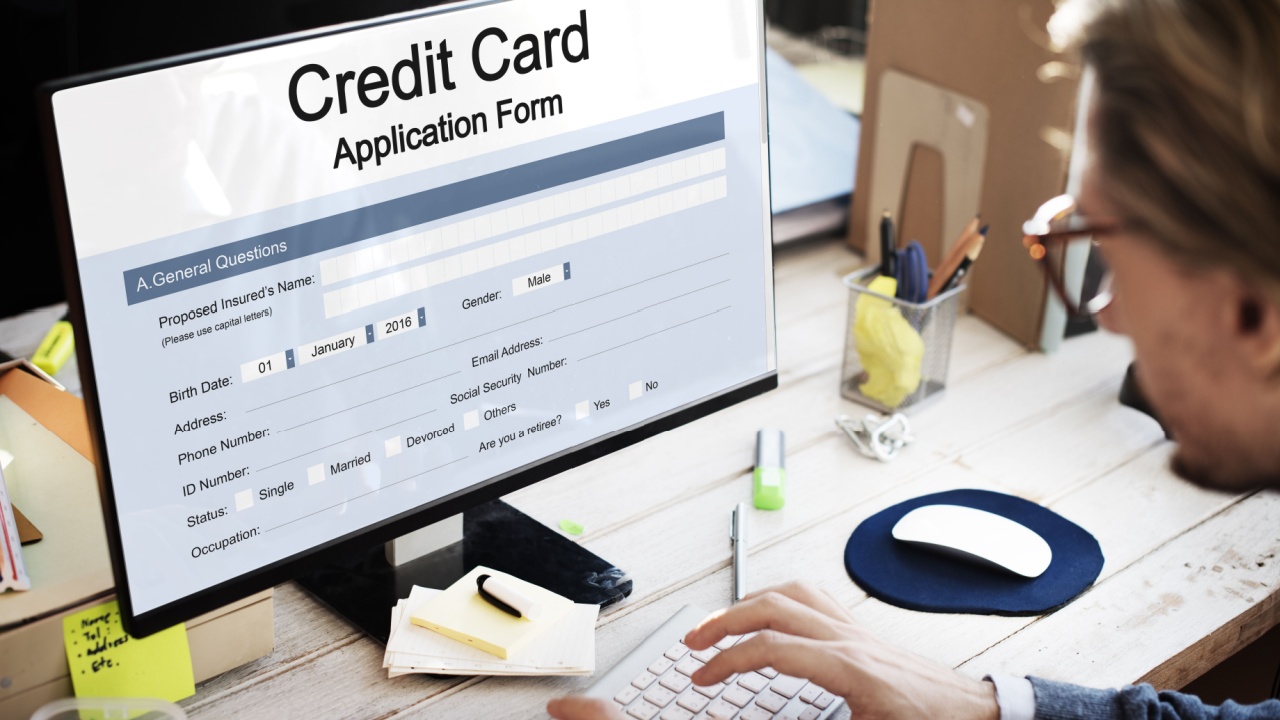
Opening a store credit card is often easier than a typical one. The same goes for gas cards. The criteria are far less stringent, but they report to the credit bureaus all the same.
This could be an easy way to get your credit history started. It’s also a good option for those looking to boost their credit.
10. Open a Secured Credit Card

This goes along with opening a store or gas credit card. If you cannot get approved for one of those, you can visit your local bank or credit union and ask to open a secured credit card.
A secured credit card is usually around $500 and you secure it by depositing the funds with the bank. Typically after six months or a year, you’ll get that deposit back as long as you make all of the monthly payments on time. This is a great option for both people starting out and those looking to rebuild their credit.
11. Consider Debt Consolidation
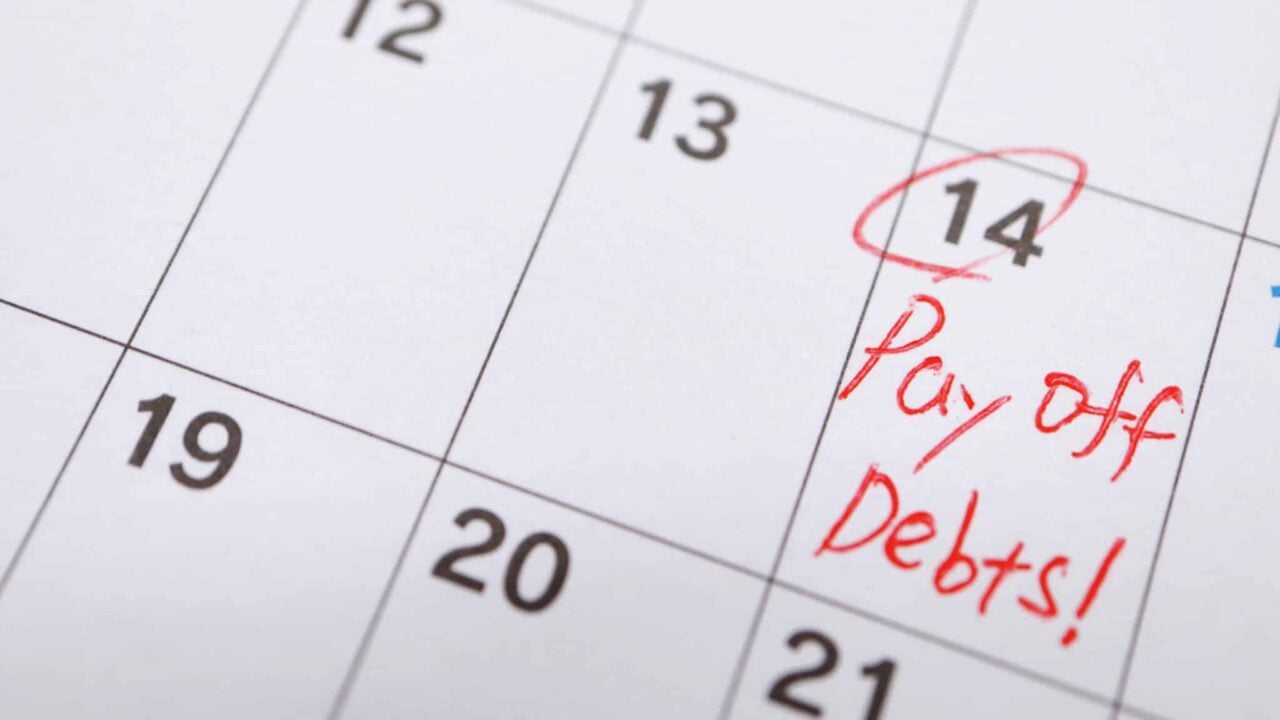
If your credit utilization rate is very high, you might be able to knock it down with some debt consolidation. Most often, this is a personalized loan aimed at decreasing your debt. As a bonus, you’ll have just one monthly payment instead of multiple.
Use the funds from debt consolidation to lower your high-utilization accounts, paying them off, if you can, for the best impact.
12. Use Services Like Experian Boost

If you need a quick boost, and you have utilities that you pay on time, all the time, Experian Boost can help out. Be warned, though, you’ll have to give the service access to your bank account so it can verify payments.
This isn’t for everyone, but you control which accounts it adds, and you’ll get updated scores delivered to you in real-time.
13. Use Various Credit Types

Variety is the spice of life, even when it comes to your credit. In addition to credit cards, you’ll want to have other types, such as a personal loan, mortgage, or even a car loan, to help diversify your reporting.
If you don’t have a variety, because you’re just starting out, resist the temptation to open new accounts simply as a boost.
How Are Credit Scores Rated?
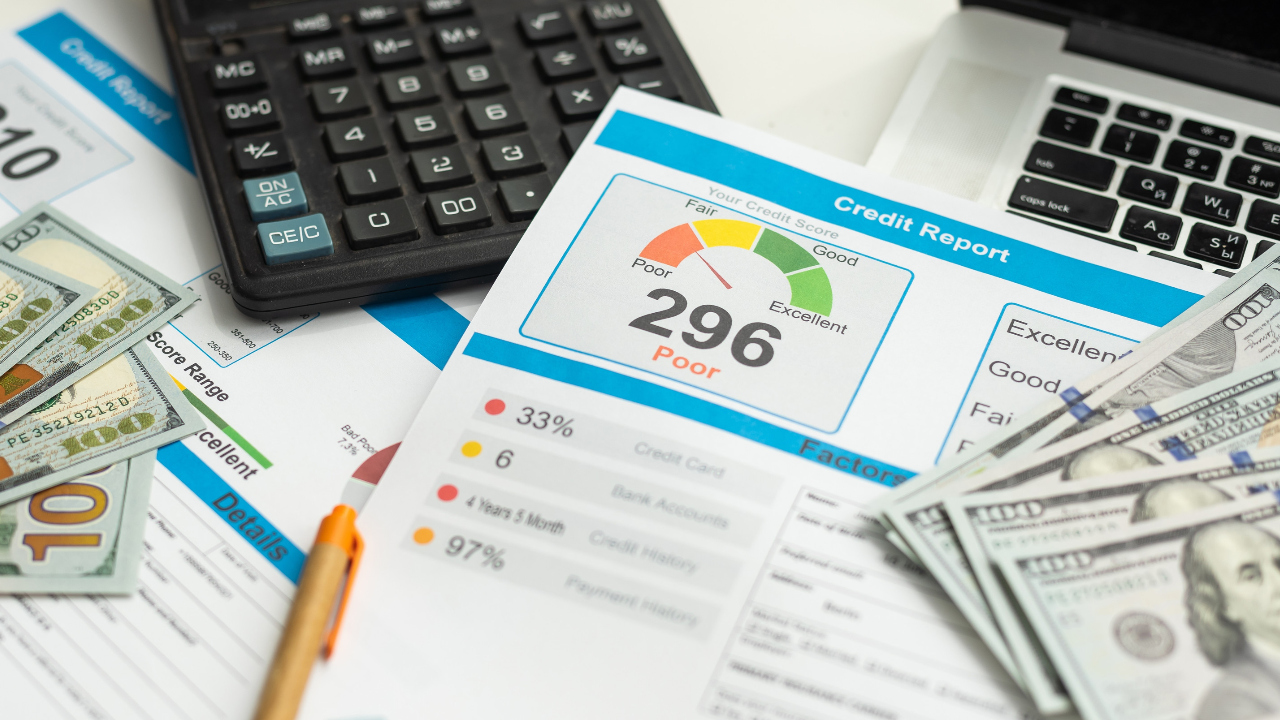
In order to understand where you’re starting from, it’s important to know what the sliding scale is. After all, if you don’t know what the number means, you won’t know your borrowing power.
Credit scores are broken down into five different categories, as follows:
- Excellent: 800-850
- Very good: 740-799
- Good: 670-739
- Fair: 580-669
- Poor: 579 or below
What Factors Affect Your Credit Score?

When it comes to setting your credit score, the distribution may be different, but there are several factors. FICO, for instance, uses:
- Payment history (35%)
- Your balances (30%)
- Your credit age (15%)
- Number of new accounts or applications (10%)
- Types of credit you have open (10%)
It’s important to keep these factors in mind when you’re using and opening or considering opening new credit lines.





